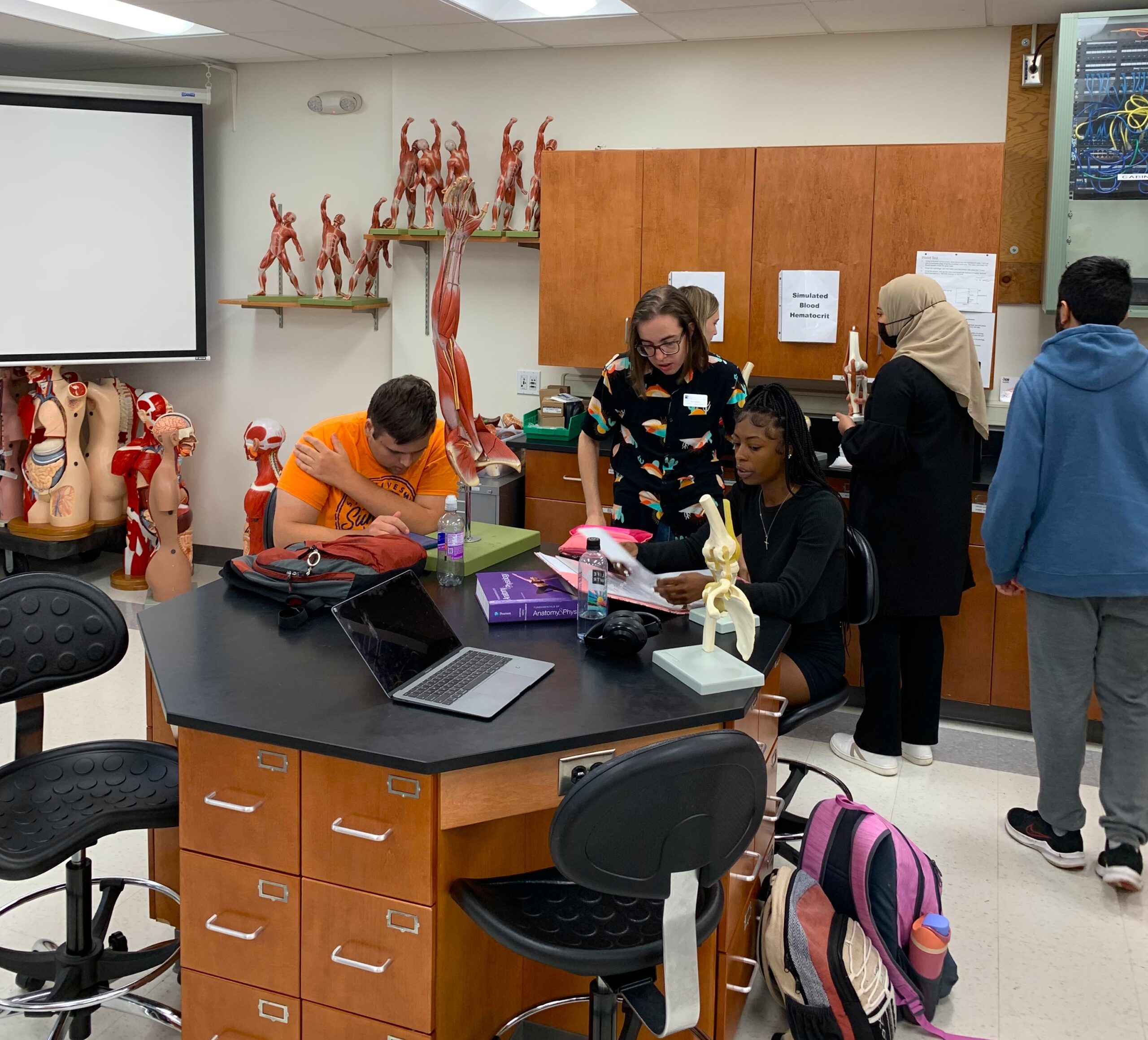College Two faces challenges as faculty, administration work out kinks
By: Bri Heaney, News Editor
STLCC has rolled out an online college, commonly referred to as College Two. Students who were previously taking online classes through one of the four campuses of STLCC are now enrolled through the online college campus that operates in the cloud.

Reneta Luck took over as director of the new College Two this semester as it rolled out. “We operate as a district campus instead of an individual campus within the district,” said Luck.
The campus will draw resources in the form of faculty and leadership from the four physical campuses while offering one consolidated place for students to sign up and schedule online classes, said Luck. Chancellor Jeff Pittman, who played a major role in instituting the online college program at his former school Ivy Tech in Indiana, has been a part of rolling out the new College Two.
“A college the size of St. Louis Community College – when you have four sites for example – there are a lot of inefficiencies in that model,” said Pittman. “The way it was before, I don’t even think each campus knew what the other campus was offering in online education so you had a lot of duplication.”
Since the online classes don’t actually meet at any one campus, Pittman said he believes that it only makes sense that they be offered in one spot for students to register for and for the college to schedule.
Luck agrees. “You might have had four different English classes on four different campuses and all of them running with low enrollment,” she said. “For example, you might have had one with eight, one with seven, one with 10. By going as a district we are able to offer one English class at full enrollment.”
However, with the reduction in the amount of the same classes offered online there is also a reduction in the amount of teachers teaching those classes. Luck acknowledges that with the reduction of duplicate classes offered there will naturally be a reduction of classes offered for faculty to teach.
Kathy Retino is one of the adjunct instructors who has been affected by this cut in classes. Retino teaches mainly online classes and has for the past five years at STLCC. She said that when she went to check her schedule for the fall semester she didn’t have a single class, a stark difference to the three classes she said she has been teaching for the past five years.
“All of the sudden there were way less classes for adjuncts which I somewhat expected, but it has been a hard hit to our ability to earn a living with the college while teaching online,” said Retino. Retino said that while this is symptomatic of the cuts in duplicate classes this is also part of a growing phenomenon of full time teachers taking on more overload classes. Retino said that teachers can make overtime pay for any class load that exceeds five classes, and can take on up to nine classes.
“Some full time professors are able to take on a course load that they would not otherwise have wanted to take on without the online classes,” said Retino.
Denise Sperruzza is a communications professor at STLCC and was originally one of the members of the first task force associated with the online college. Many colleges, including STLCC offer courses of record for faculty to teach. A course of record is designed by a faculty member and has a detailed schedule and course plan for a particular class. It is taught following the guidelines that the designer originally set up. Some faculty are referring to the course of record as a course in a box, she said.
“Somebody designs a course and the faculty who are hired to teach are adjunct only and they just teach a course in a box (course of record) that is designed for them. Faculty at the community college have been very resistant to that course in a box concept from the very beginning discussions of the online college,” said Sperruzza.
Sperruzza said that this takes away from professors’ abilities to design classes the way that is best for their particular teaching style. The style of making and planning for your own classes takes more time but is better for teachers and students in the long run, said Speruzza.
However, Pittman said he believes that this enables teachers to be able to teach more classes in an efficient manner and quality-controlled manner.
“We do everything we can to keep our tuition low and keep it affordable for students,” said Pittman. “It’s actually about increasing opportunities for full time faculty to be able to teach online because they aren’t so involved in course creation or development.”











